Escape to the foothills of the Maloti Drakensberg Park at Mahai
South Africa
Northern Drakensberg – Royal Natal National Park
uKhahlamba Drakensberg Park
Maloti Drakensberg Park World Heritage Site
Mahai Campsite
XCape Camping Chronicles
Why so many names for the Drakensberg?
It is quite a mouthful and can be quite confusing when you read Drakensberg, uKhahlamba and Maloti all in the same collection of words. Drakensberg is an Afrikaans word meaning “dragon mountains”. Maloti is the Sesotho word for Drakensberg mountains. uKhahlamba is an isiZulu word meaning “barrier of spears.”
Not so sure about the spears, but I know for certain there are whips.
Facts about the Drakensberg
The majestic Maloti Drakensberg borders Kwa-Zulu Natal and the Free State in South Africa and its neighbour, Lesotho and roughly runs from the northeast to southwest for 1,125 kilometres. It rises to approximately 3,475 metres.
The Drakensberg is made up of a broad foundation of sedimentary rocks, with a massive cap of basalt.
uKhahlamba Drakensberg is extraordinary in its rising basaltic buttresses. The natural beauty saunters along over rolling savannah hills, up to gilded sandstone barriers and down rocky gorges. It continues to meander through dazzling rock pools, caves and dramatic naturally sculptured arches.
The uKhahlamba Drakensberg was declared a UNESCO World Heritage Site in 2000 because of its rock paintings and the insight it gave into the San people as well as its natural beauty and its biological diversity.
Mahai Campisite – Royal Natal National Park - Northern Drakensberg
We spent three nights at Hlalanathi about ten kilometres away from the Royal Natal Park before we drove to Mahai which is inside the park and at the foothills of the Drakensberg. We would be spending two nights there.
Driving deeper into the mountains, the clouds were building up but it was still sweltering. It was unbelievable to think that in a matter of a few hours it would drop by 20 degrees Celsius.
We booked in at reception which is a short distance from the gate. The staff were helpful and friendly and pointed out the curio shop with a few items and some basic supplies. We were shown on a map how to get to Mahai campsite which is a short drive from the reception and shop.
The shop needs some TLC and for a national park I was a touch disappointed. Considering this is also a UNESCO World Heritage Site it is disheartening.
We arrived to find a campsite with a few large trees providing shade in the centre. In the past Mahai was renowned for its shady pine trees. These have been removed for conservation reasons and indigenous yellowwoods have been planted to take their place, but they are slow growing and will take time to produce shade.
The area where there were trees didn’t appeal to us. If the weather forecast was correct, it would be raining for most of the time we would be there and we would be walking through mud to get into our caravan. We preferred a grassy site.
We chose our campsite towards the edge of the campgrounds, in the sun with a narrow band of shade in the late afternoon.
We were greeted by baboons ransacking someone’s tent who had just left to go hiking. We weren’t keen to have baboons vandalize our tent. We’ve had enough experience with monkeys and baboons that can wreak havoc. We chased them away and returned the looted goods to the tent.
Setting up camp was quick, as we were getting used to this exercise having done it twice at Hlalanathi. While sitting down to lunch, we kept a wary eye on the baboons who stayed nearby.
They were inquisitive and although they were close to us, they munched on some roots, I am sure they kept an eye on us to see if we would turn our backs on some food for them to scavenge. There is an electric fence supposedly to keep the baboons out but I don’t think it was working at all.
A troop crawled over and chased each other around the campsite with much squealing. Soon there was a loud bang and the same troop came running back towards us, but not noticeably alarmed. A security guard was walking the perimeter of the campgrounds, cracking a whip to chase them away.
Obviously a more humane method to get rid of them, but this continued for much of the afternoon, not really scaring the baboons away and disturbing some of the peace for us.
Faded San Rock Art in ochre.
Walk to the Cascades.
We wanted to go on a short hike but chose to wait for it to cool down a fraction. Even so, it was agonizingly hot. Although the path we walked to the Cascades was well marked and partially in the shade it offered very little relief.
Nyala on the way to the Cascades
End of wheelchair friendly path to Cascades - Royal Natal National Park
Looking back at the path with the steps visible underneath the bridge
The thirty-minute walk, just over two kilometres, to the Cascades is wheelchair friendly although I would hasten to add it does have a slight gradient, which could make it difficult or at the least tiresome. There are also one or two areas where it is quite narrow and in my opinion difficult for someone in a wheelchair to pass. The path only leads to the bottom part of the cascades and although the view is pretty it would be difficult to get further unaided (assistance would be required by being carried).
Rocky steps lead down towards the rock pools and a bridge over the river. We hopped over some rocks and walked over the arched bridge, along a path for at least another 50 meters, through a narrow section and clambered over some rocks before we reached the Cascades. It was worth it. A beautiful setting with a few shallow rock pools to wallow in.
The clouds continued to billow over the mountain. It was cooling down rapidly and rain was approaching fast. We felt it prudent to head back down to our site for shelter.
Rain in the Drakensberg
The rain set in and continued throughout the night with short bouts of fine drizzle. I made dinner on our gas stove while we huddled under the awning and watched guinea fowl run hell for leather while bushbuck grazed on the grass.
In the morning the stream next to the caravan park had changed from a gentle trickle to a gushing torrent. We decided to explore and see how well it was flowing.
The rain continued throughout the day and it was significantly cooler. It hovered between 11-14 degrees Celsius. When the rain eased slightly, we eased our cabin fever by going back to the Cascades wearing our rain ponchos.
We couldn’t believe the difference from the previous day. Some areas where we clambered over rocks, was under water. The rockpools were considerably deeper.
We walked a bit further as it was cooler. Not sure if we actually reached Tiger falls or if that was just indicating the route to the falls. Nonetheless we were blown away by the landscape and spent plenty of time looking at the picturesque views.
I would love to return and do some further walking – maybe not all the way to the summit and definitely in cool conditions.
Cooking in the rain
Although it was raining, Paul looked at the weather and said there would be enough of a break in the weather to have a braai (barbeque) that evening. Besides, that was about all we had left in our fridge before we were heading back home the next day.
The rain might have eased a little bit, but not by much. Still, we grilled our meat and it turned out well and very tasty.
I’m glad we didn’t come to Mahai first as it would have been too hot to walk but I am disappointed we couldn’t stay there in better walking conditions. With the lack of shade we would have struggled, but I was disappointed that we didn’t have more time to meander around because of the rain, although it was sorely needed throughout many parts of South Africa.
We packed up our caravan the following day with dripping canvas which we hoped we would be able to dry at home but could only do so two days later.
Driving home up Oliviershoek pass, we had to drive around a huge boulder that had fallen in the road after the rain. I’m glad we didn’t have to dodge it as it cashed its way downhill.
The rain continued for another week throughout a large part of South Africa.
Where is Mahai campsite?
Tips when at Royal Natal in the Drakensberg:
Be prepared for an abrupt change in weather, from sun to mist, rain to snow. Always have suitable clothing for all conditions. At times the weather can be stable and pleasant but at other times unpredictable.
Rainy conditions cause slippery surfaces. Some hikers walk with hiking sticks which I think is a good idea.
A daily conservation fee is payable at the office/reception.
If you are going on a long hike, there is a mountain rescue register at the Information Centre or at Thendele camp. It is necessary to sign in so officials can keep track of hikers still on the mountain and initiate rescue parties if necessary. Be sure to sign out again when you have returned.
The Drakensberg is a great place for birds including black eagles, Cape vultures and the rare Lammergeyer or bearded vultures.
The nearest town from Royal Natal is Bergville, approximately 50 kilometres away. Harrismith is about 70 kilometres away.
Mahai campsite – Good to know
The campgrounds are grassy and quite level but at the moment lacks shade apart from some trees in the centre.
There are 44 campsites with electric plug points and 40 without electricity catering for up to 400 campers and caravanners.
The ablution facilities have hot and cold water and there is a communal wash up area.
Although the bathrooms were cleaned quite well daily, they do need some maintenance. The cistern of one of the lady’s toilet was bulging and I was waiting to have a waterfall pouring over my back. The doors of the cubicles, although painted are rotting away.
Campers must provide their own camping equipment, food and drinks and it is advisable to stock up before arrival.
No portable generators are permitted.
If you are not keen on camping, there are chalets at Thendele inside the Royal Natal Park.
Nature’s Bonsai
Things to do in or near Royal Natal National Park
Hiking
Bird watching
Discover fauna and flora
Horse riding
Quad biking
Zip lining
Trout fishing
Quick Links:
KZN Wildlife – Camping – Mahai
Hiking Royal Natal National Park
Let’s get social
Step by step instructions on how to leave a comment on my blog:
Type in your comment in the comment box.
Click ‘Post Comment’
Briefly a message should appear saying you are not logged in, then a box with ‘Post a Comment’ will appear for you to complete with your name, email address and website URL (if you have one).
Fill in your first name and email address in the appropriate section. (Your email will not be made public and will not be used for any other purpose than for you to get a notification of a reply to your comment.)
Click ‘Comment as Guest’ and you’re good to go!
To subscribe to my blogs, please fill out the SUBSCRIBE form.
Thank you.
I know it is quite a process, but it helps keep our websites secure. Your email address will not be shared or displayed.





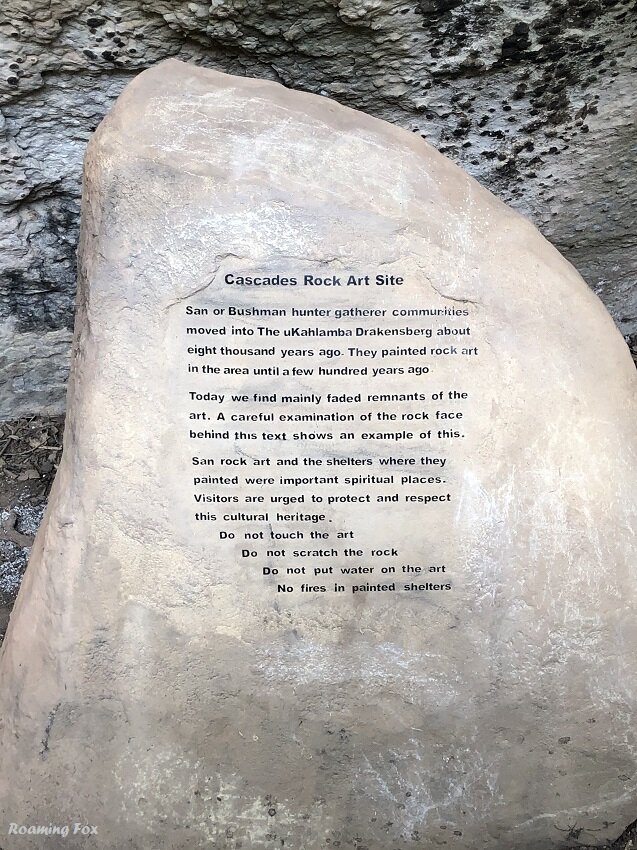































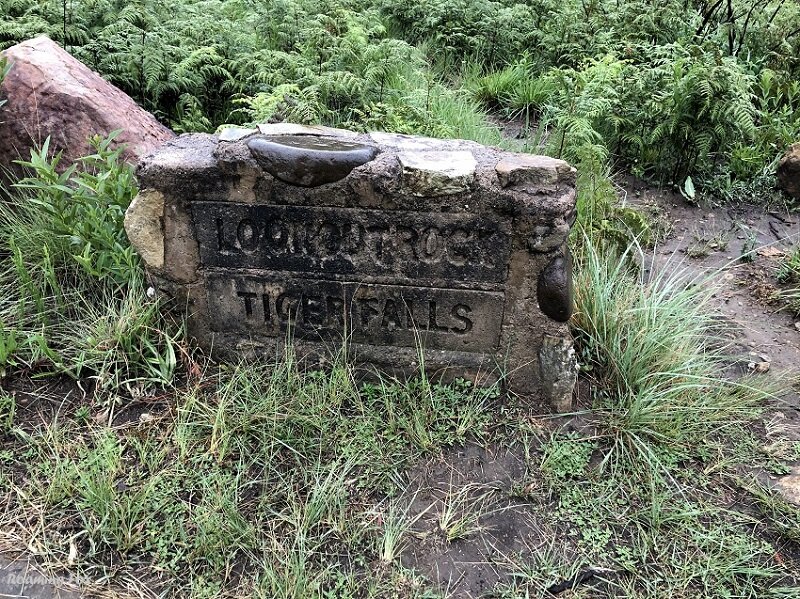

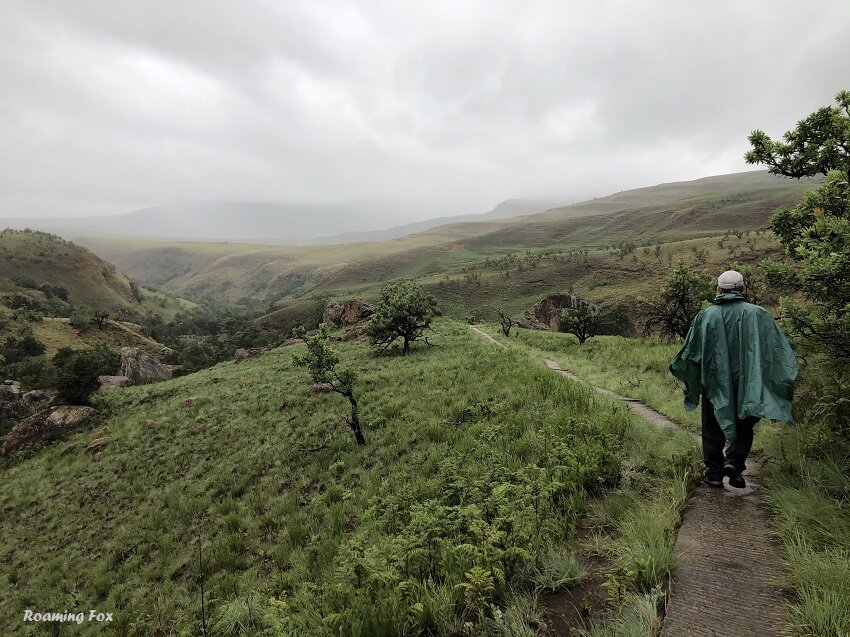







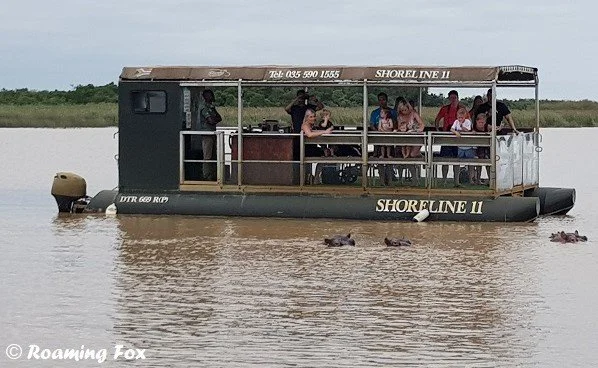

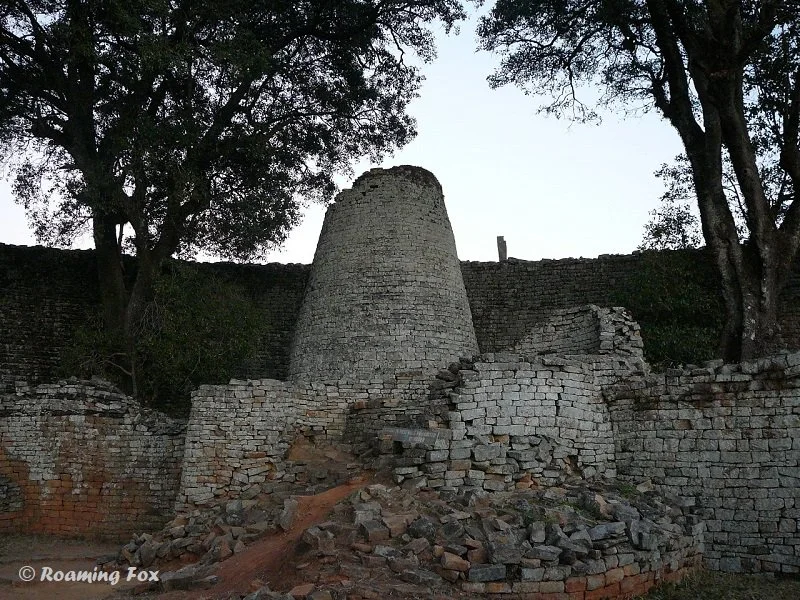

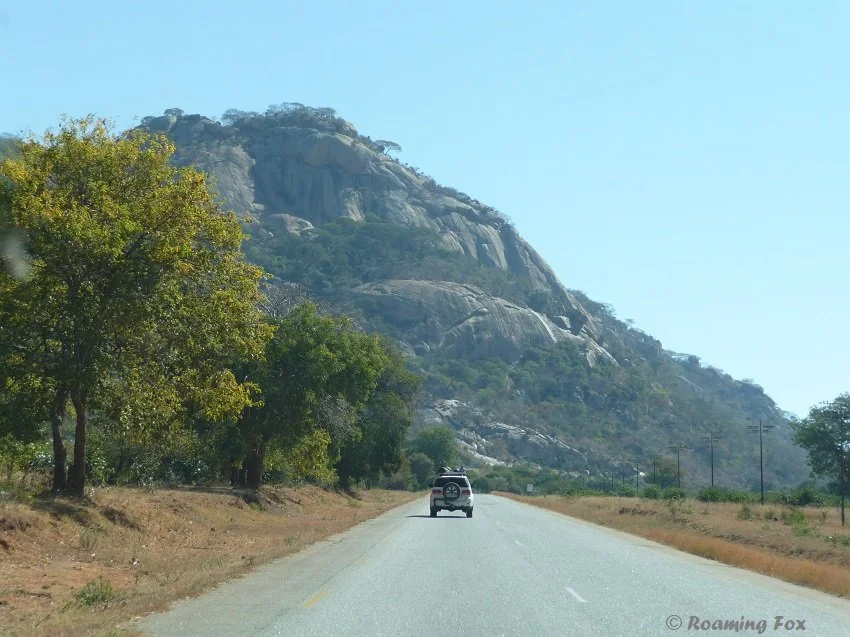
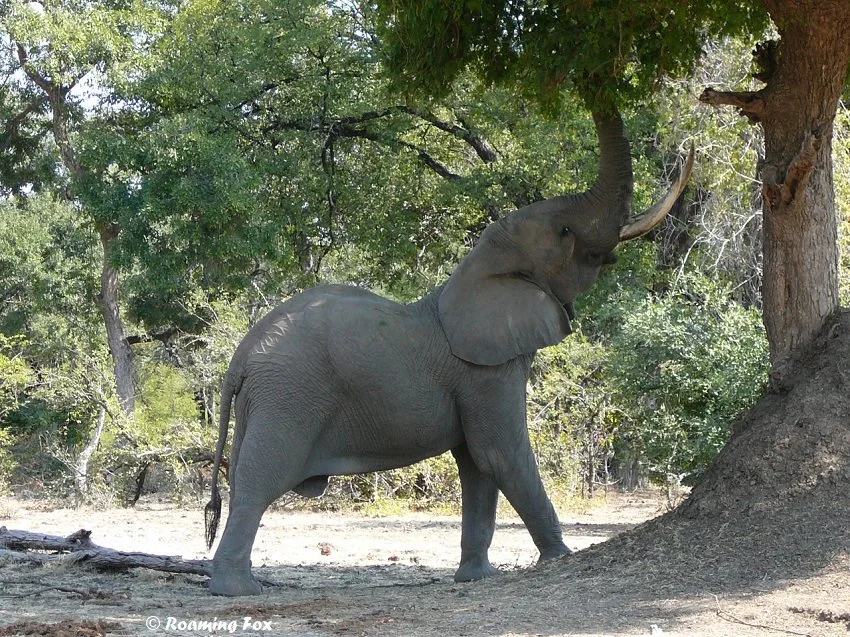
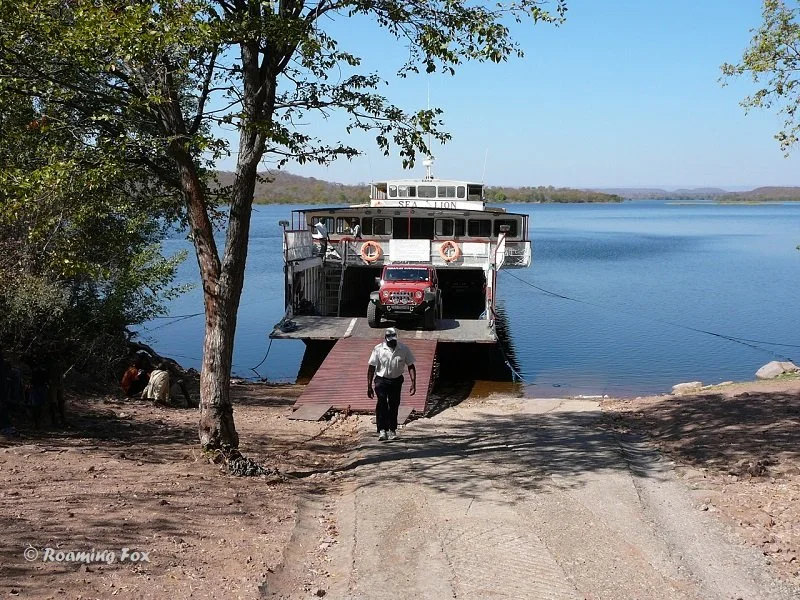



The Best Way to see a country? Take a road trip! Have you ever had that feeling when you hit the open road on your road trip? Freedom. Anticipation. Exhilaration.